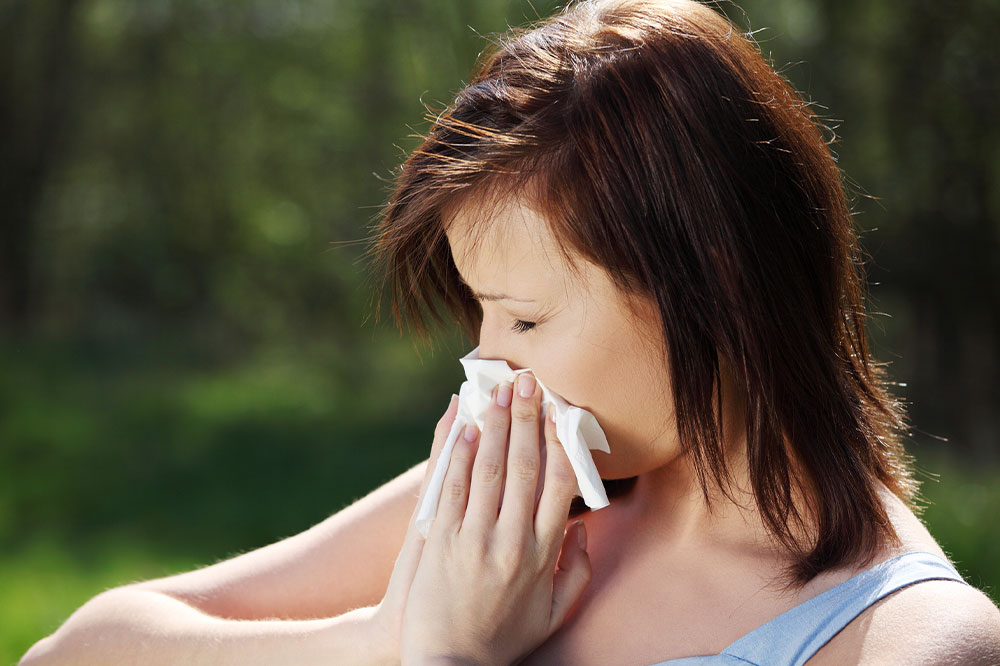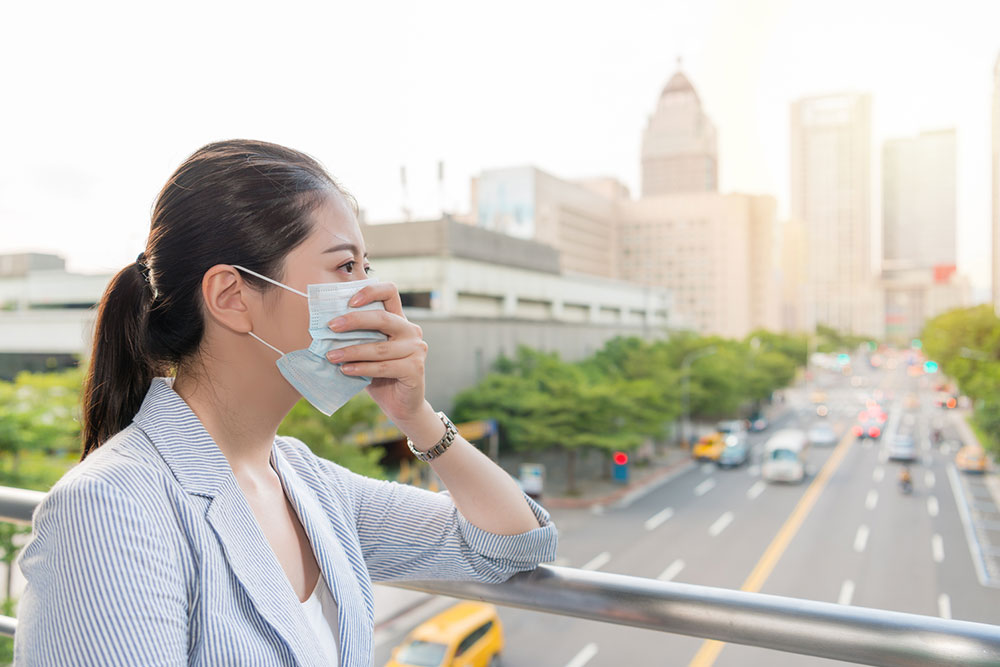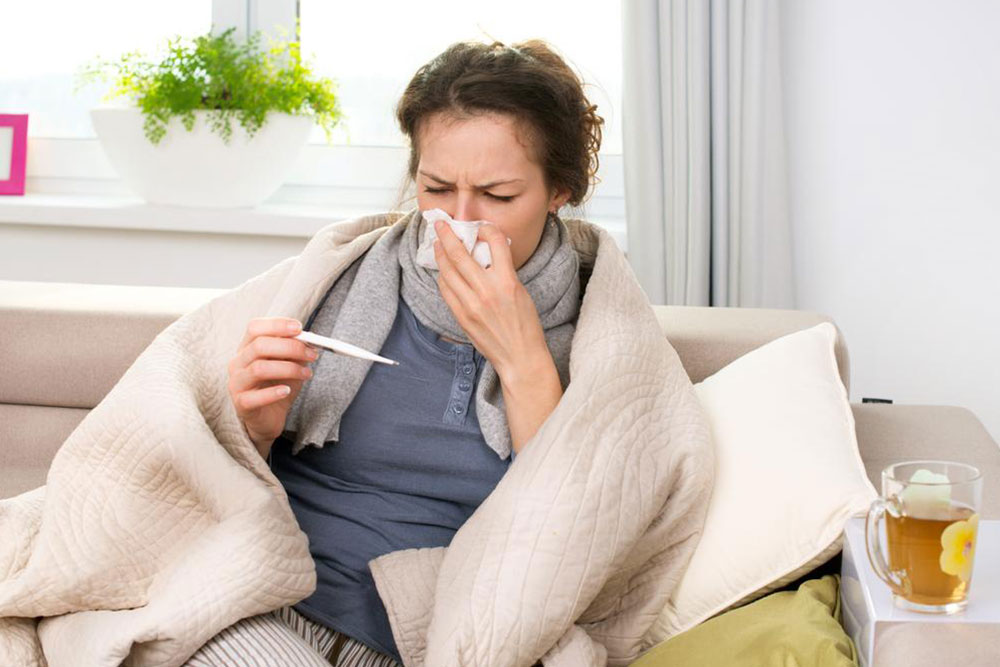Comprehensive Guide to Common Allergies: Symptoms, Causes, and Prevention Strategies
This comprehensive guide explores common allergies, including food, pollen, insect venom, and pet dander. It details symptoms, causes, and strategies for prevention and management. Recognizing allergy signs early and working with healthcare professionals can minimize health risks and improve quality of life, especially during peak allergy seasons or exposure to known triggers.

Comprehensive Guide to Common Allergies: Symptoms, Causes, and Prevention Strategies
Approximately one out of every three individuals worldwide experiences some form of allergic reaction during their lifetime, making allergies a widespread health concern. Allergic reactions can vary significantly among different people, depending on their sensitivities and the specific triggers involved. Understanding the fundamental aspects of allergies—including their causes, common symptoms, and effective prevention strategies—is crucial for maintaining health and improving quality of life. Allergies occur when the immune system overreacts to substances that are generally harmless to most people, known as allergens. These allergens can be present in food, environmental elements like pollen and dust, or exposure to animal dander and insect venoms.
Understanding Allergens: Types and Sources Allergens are diverse and can enter the body through various routes such as ingestion, inhalation, skin contact, or bites and stings. The most common types of allergens include foods, pollen, pet dander, insect venom, and mold spores. Recognizing these triggers is essential for effective allergy management and avoiding severe reactions. In particular, identifying environmental and food-related allergens enables individuals to take proactive steps to shield themselves from exposure, thereby minimizing symptoms and potential health complications.
Food Allergies: Symptoms, Causes, and Management Food allergies are immune system reactions triggered by the ingestion of specific foods. When sensitive individuals consume these foods, their immune system mistakenly identifies the food proteins as harmful invaders and produces antibodies against them. This response leads to allergic symptoms that can range from mild discomfort to life-threatening reactions. The most common food allergens include eggs, dairy products, soy, shellfish, peanuts, and tree nuts. These foods are responsible for the majority of allergen-related hospital visits and emergency cases globally.
Symptoms of food allergies can manifest quickly after ingestion and include:
Hives, characterized by raised, itchy skin bumps
Itching sensations in the ears, throat, or mouth
Nausea and vomiting
Swelling around the lips, eyes, or tongue
In severe cases, food allergies may escalate into anaphylaxis—a rapid whole-body allergic reaction that can be fatal without immediate medical intervention. Symptoms of anaphylaxis include:
Breathing difficulties, such as wheezing or shortness of breath
Difficulty swallowing or experiencing a choking sensation
Dizziness, weakness, or loss of consciousness
If any of these signs are observed, urgent emergency medical treatment is necessary. Prevention of food allergies primarily involves strict avoidance of known trigger foods. It is recommended to work closely with healthcare professionals and allergists to identify specific food sensitivities through testing before making significant dietary changes. Mild reactions may be managed with antihistamines, but severe reactions require the prompt use of adrenaline auto-injectors (epinephrine). Proper emergency preparedness can save lives in critical situations.
Pollen Allergies: Impact and Management Pollen allergy, commonly known as hay fever, affects roughly 30% of the global population, making it a significant public health concern. It typically manifests during specific seasons when plants, trees, and weeds release pollen into the air, carried by the wind. The fine pollen particles irritate the respiratory system and mucous membranes, causing uncomfortable symptoms. Recognizing and managing pollen allergies are essential steps in reducing discomfort and maintaining daily activities.
Common symptoms of pollen allergy include:
Swelling and puffiness around the eyes
Runny nose and nasal congestion
Sneezing episodes
Itchy nose and throat
Watery, red, and irritated eyes
During peak pollen seasons, it is advisable to limit outdoor exposure, especially in the early mornings and windy days. Wearing sunglasses and masks, and covering hair can significantly reduce pollen contact. Medications such as antihistamines, nasal corticosteroids, and decongestants are often prescribed to alleviate symptoms. Additionally, keeping windows closed and using air purifiers can improve indoor air quality. If symptoms persist or worsen, consulting an allergist for personalized treatment plans, including allergy immunotherapy, can help build long-term resistance against pollen allergens.
Insect-Related Allergies: Identification and Response Allergic reactions to insect stings and bites are caused by immune responses to venom, saliva, or other fluids introduced during a sting or bite. The primary insects involved include wasps, hornets, bees, ants, bed bugs, and mosquitoes. Reactions can range from minor localized swelling to severe systemic responses.
Key symptoms of insect allergy include:
Pain, redness, or swelling at the sting site
Itching or burning sensation
Nausea or dizziness in some cases
Breathing difficulties or signs of anaphylactic shock in severe reactions
Most insect sting reactions resolve over time without medical intervention. However, persistent or escalating symptoms require prompt treatment, including antihistamines, pain relievers, and in some cases, corticosteroids. Severe allergic reactions necessitate immediate emergency treatment with epinephrine and close medical supervision.
Animal Dander Allergies: Tips for Prevention and Relief Reactions to animal dander result from proteins present in the skin cells, saliva, or urine of animals like cats and dogs. These proteins become airborne and can trigger allergic responses in sensitive individuals, leading to respiratory and dermatological symptoms.
Common signs of animal dander allergy include:
Runny or congested nose
Cough or postnasal drip
Watery, itchy, or red eyes
Facial pain or skin irritation
To reduce exposure and manage symptoms, minimizing contact with pets is advisable. Regular cleaning, air purifiers with HEPA filters, and bathing pets frequently can help reduce airborne allergens. Medications such as antihistamines, nasal sprays, and allergy immunotherapy (allergy shots) provide additional relief. For pet owners committed to keeping animals, allergen immunotherapy offers a promising long-term solution to reduce allergic responses and improve quality of life.
Overall, understanding the various types of allergies, recognizing their signs, and following effective management strategies are vital for preventing severe reactions and maintaining health. Collaborating with healthcare professionals for proper diagnosis and tailored treatment plans can significantly improve outcomes and enhance daily living experiences.





